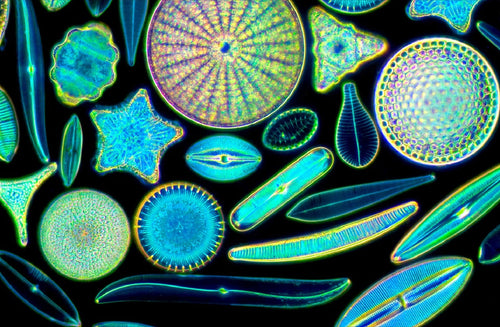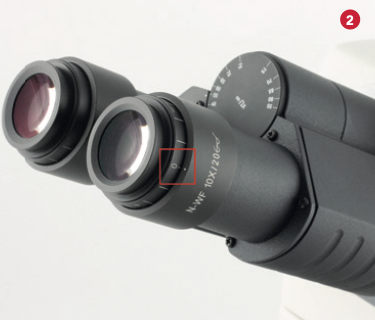
Diatoms - Nature’s Jewels viewed with a Microscope
Motic America
Diatoms are unicellular algae (Division Chrysophyta, Class Bacillariophyceae). Diatoms are microscopic in size, live in water, soil and moist en...
Read Article
Diatoms are unicellular algae (Division Chrysophyta, Class Bacillariophyceae). Diatoms are microscopic in size, live in water, soil and moist en...
Read ArticlePosted by Motic America on
Parfocalty is a property of the optical components that allows the microscope to stay in focus when changing between lenses of different magnification.
This means that when the objectives of a microscope are changed from higher to lower magnification or vice versa, the sample you are viewing stays in focus.
This is important especially when taking photographs or making videos using a microscope and a camera. If the parfocality is not adjusted, the camera will not be focusing correctly, even if the image seen through the eyepieces is in focus.
To ensure the correct parfocality adjustment of your microscope, just follow these easy steps:
(1) Adjust the interpupillary distance so that both the right and left field of view become one.
(2) Set the diopter adjustment on both eyepieces (or on eyepieces tubes) on the “0” position.

(3) Select the lowest magnification objective and focus the image of the specimen with the help of the coarse/fine focusing knobs, using only one eye.*

*Use the eye with which you’re most comfortable with.
(4) Once you obtain the best possible focus, close the eye you just used and use your other eye for the next steps.
(5) Correct the focus for the second eye by using only the diopter adjustment.
Important: In this case do not use the coarse/fine focusing knobs.
(6) Now select the highest magnification and repeat the procedure to match the sharpness for higher magnification.
(7) Keep this final diopter position for all magnifications/ lenses. The diopter position of each user is different, for this reason you might want to take note of your graduation (from the scale), for easier resetting.
(8) The focus of the image should now be constant as you move to higher or lower magnification (parfocal).
Related Products
| Models | ||
| Features |
The BA210 is designed for both educational and teaching environments from basic life sciences to medical applications. |
The BA310 is designed for the daily routine work in universities, clinics, laboratories, and life sciences or medical applications. |
Want to know which microscopes fit you best? Fill in the form below and our specialists are glad to help!